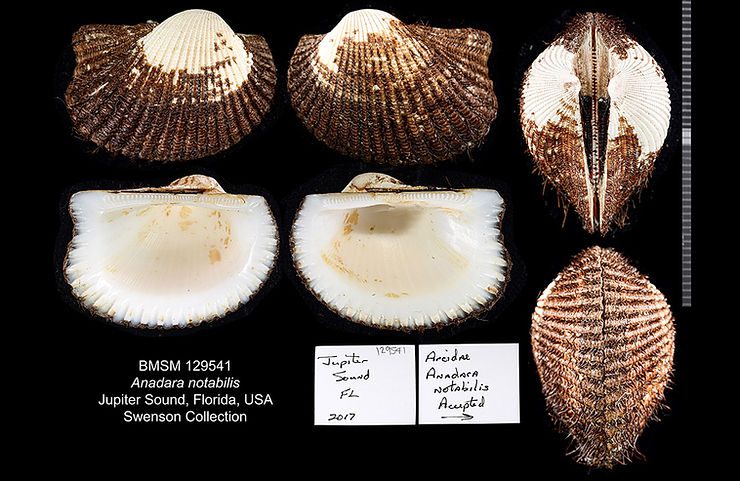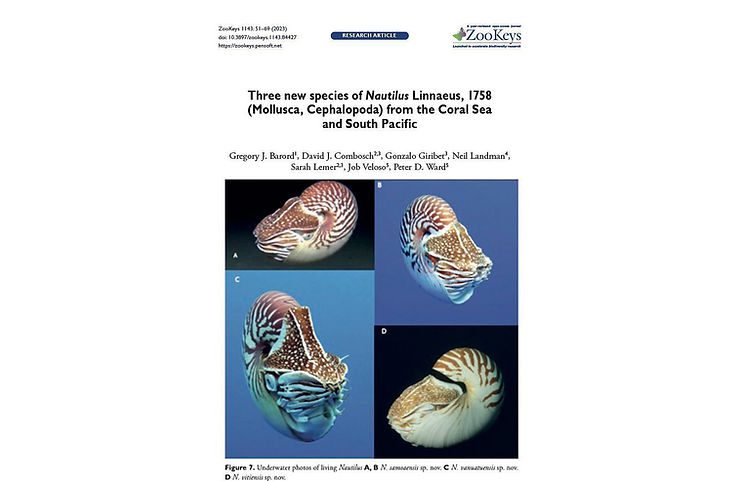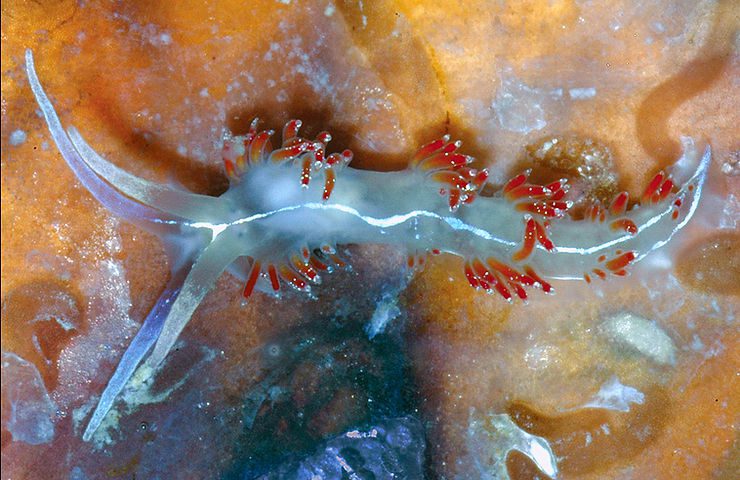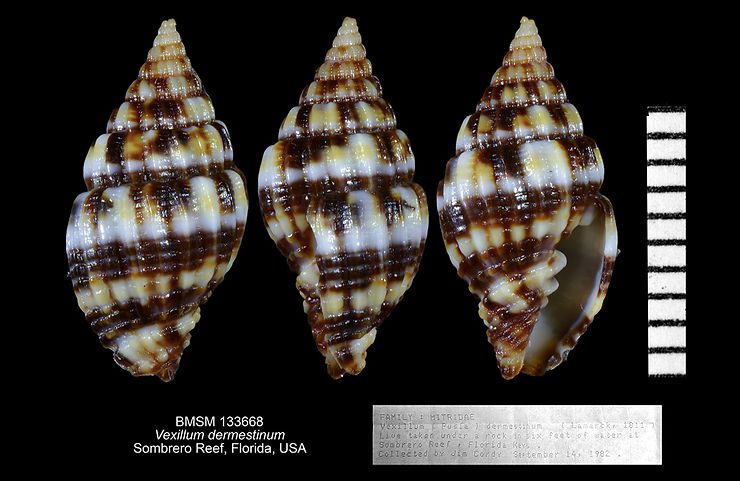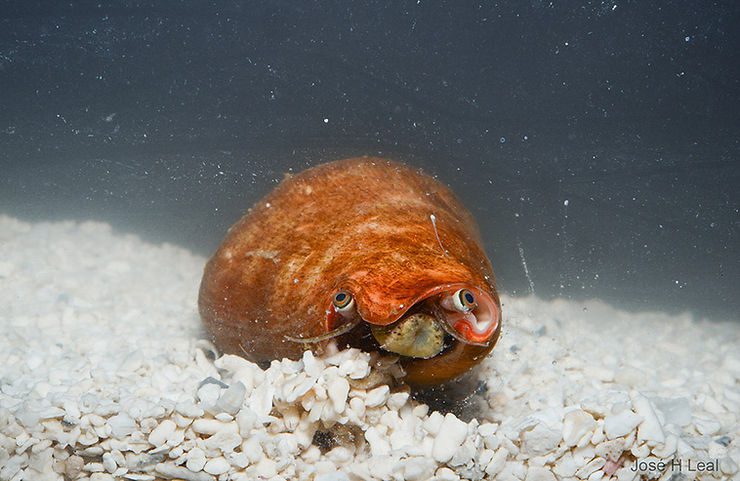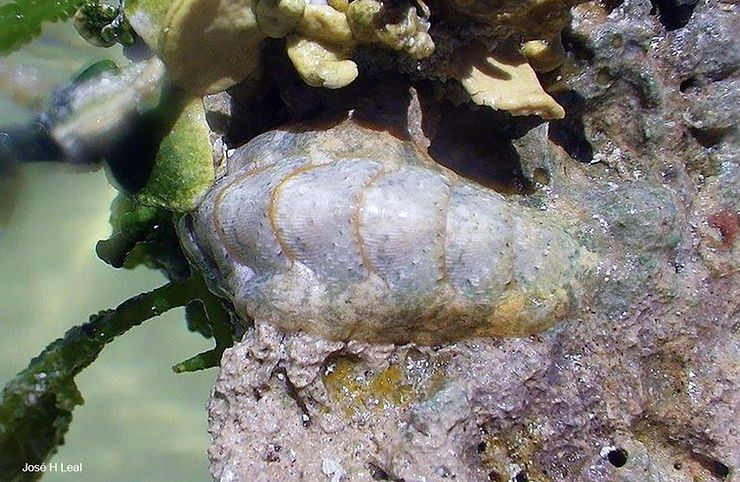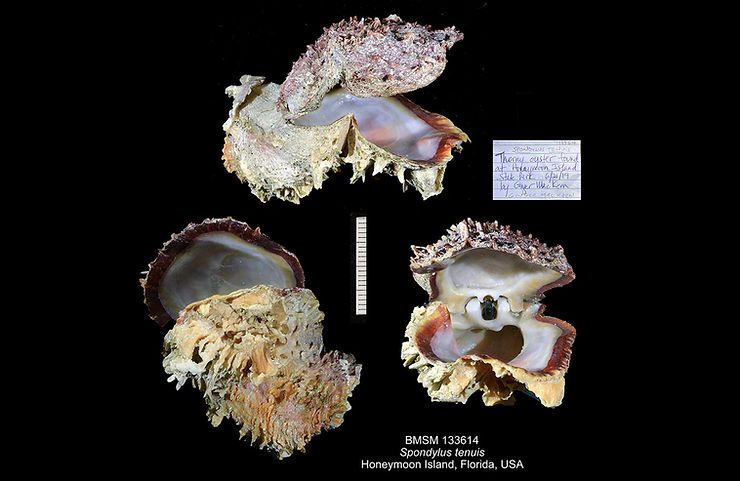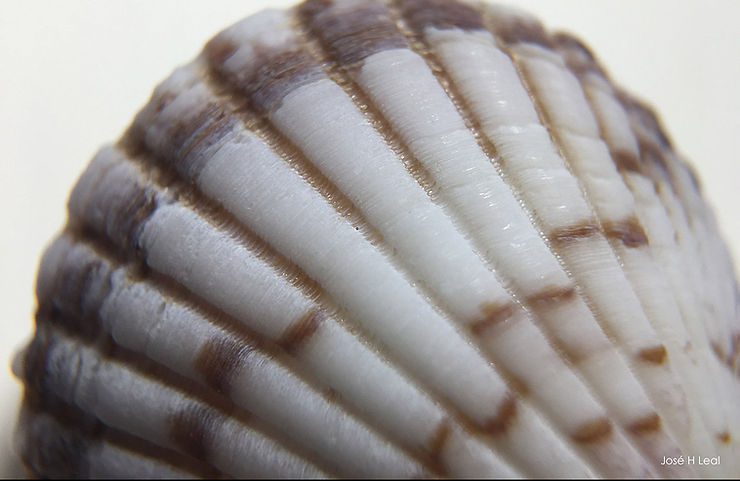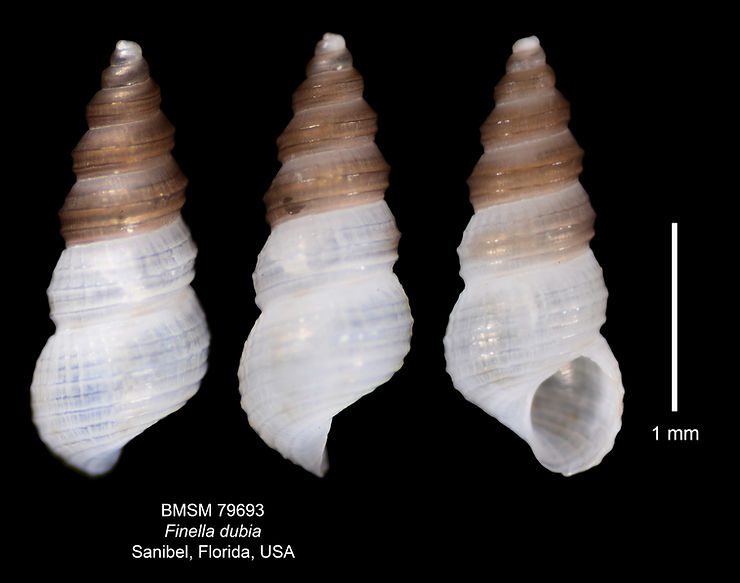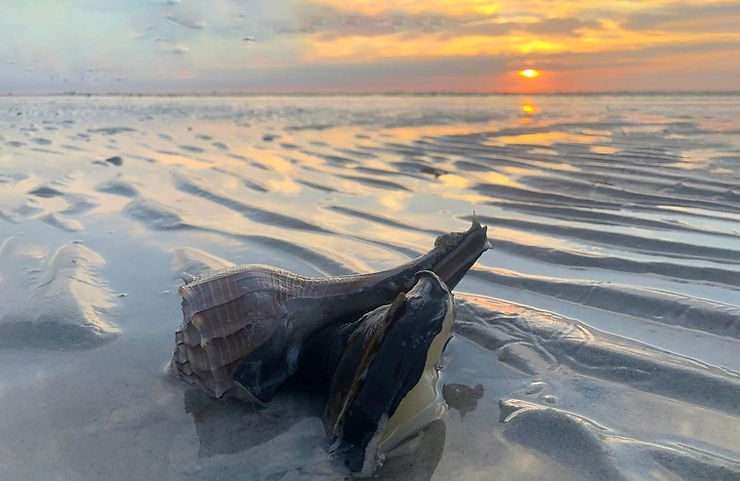
The 2023 Live Mollusk Count
On Sunday, January 22, volunteers and staff from the National Shell Museum and the Sanibel-Captiva Conservation Foundation completed the 2023 Live Mollusk Count. The count took place along the Gulf side on the eastern end of Sanibel Island, at low tide, including 27 participants. National Shell Museum Science Director & Curator José H. Leal observed that “the 2023 Shell Count achieved very good results. The number of participants, methods, and count area lend themselves to comparisons with the J
